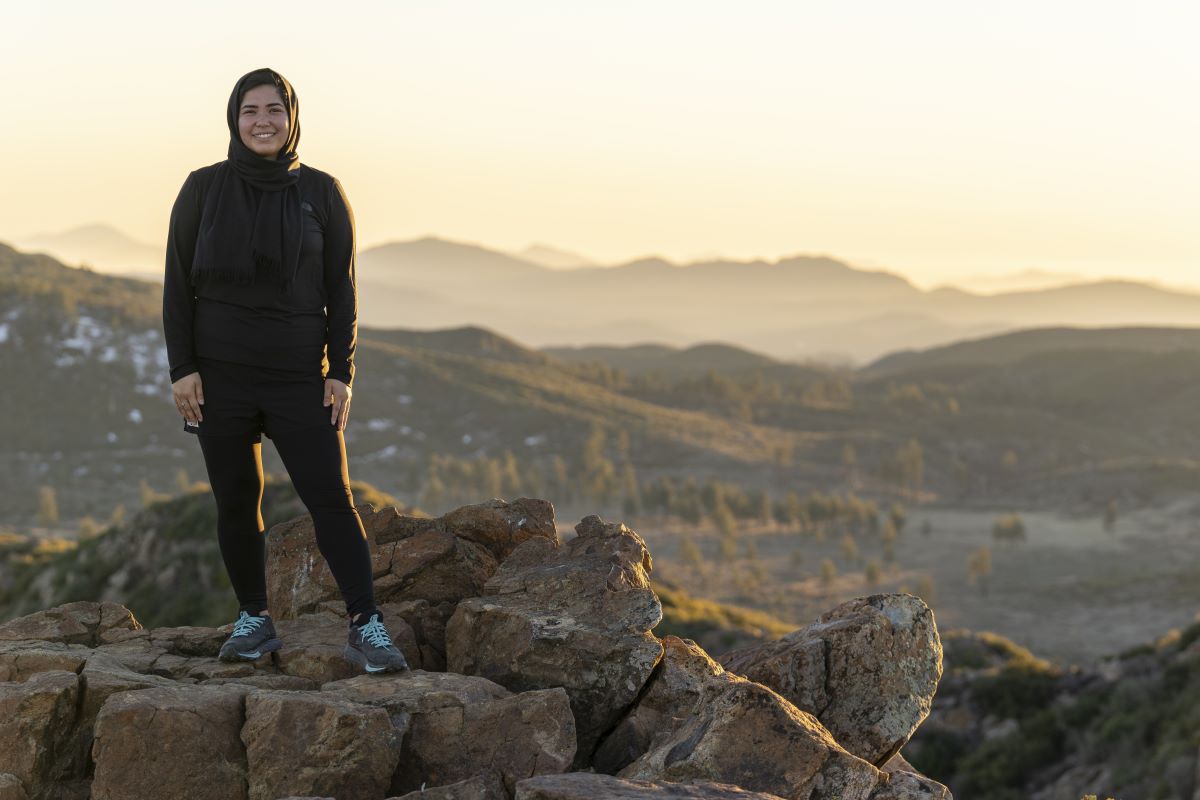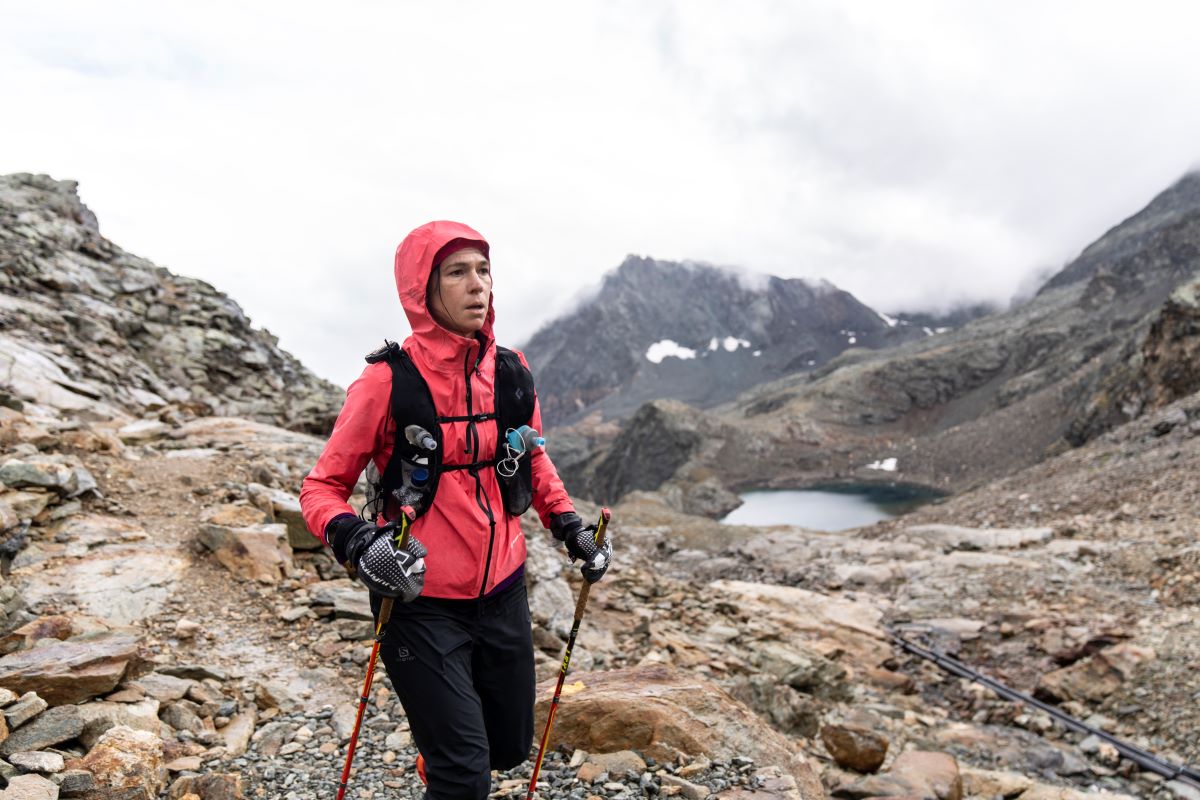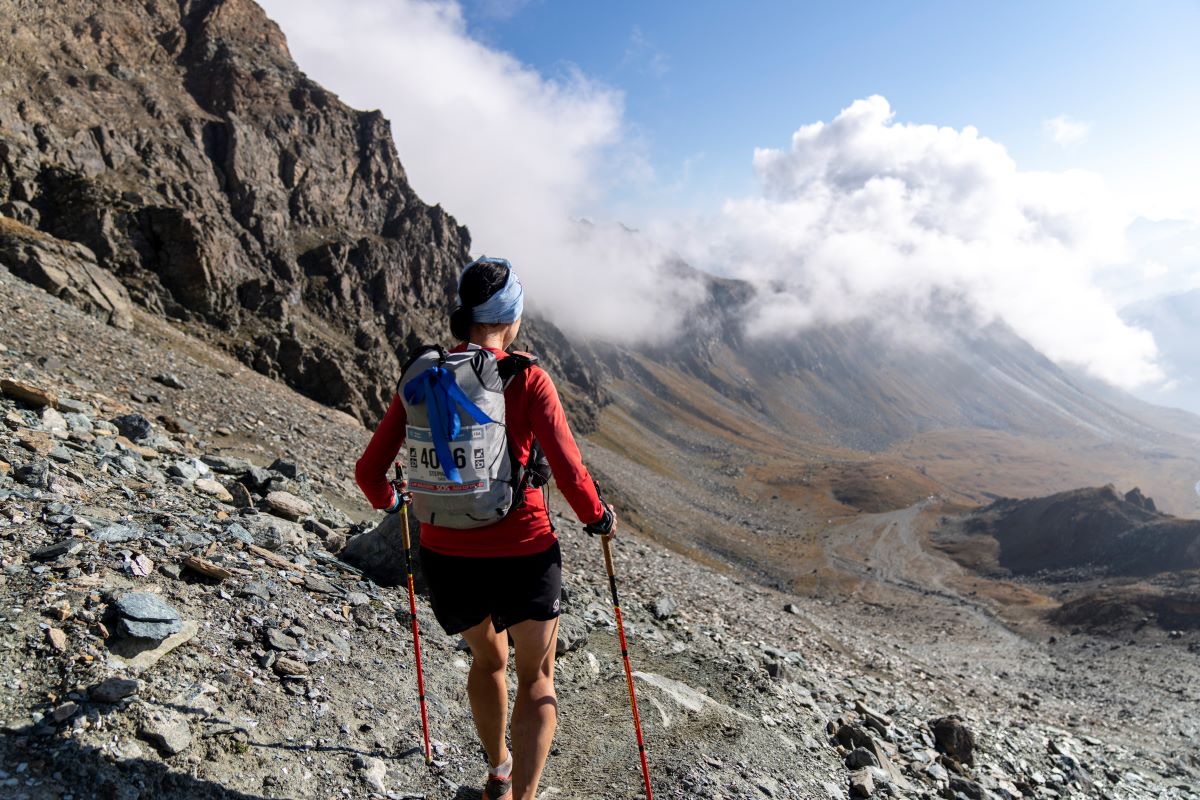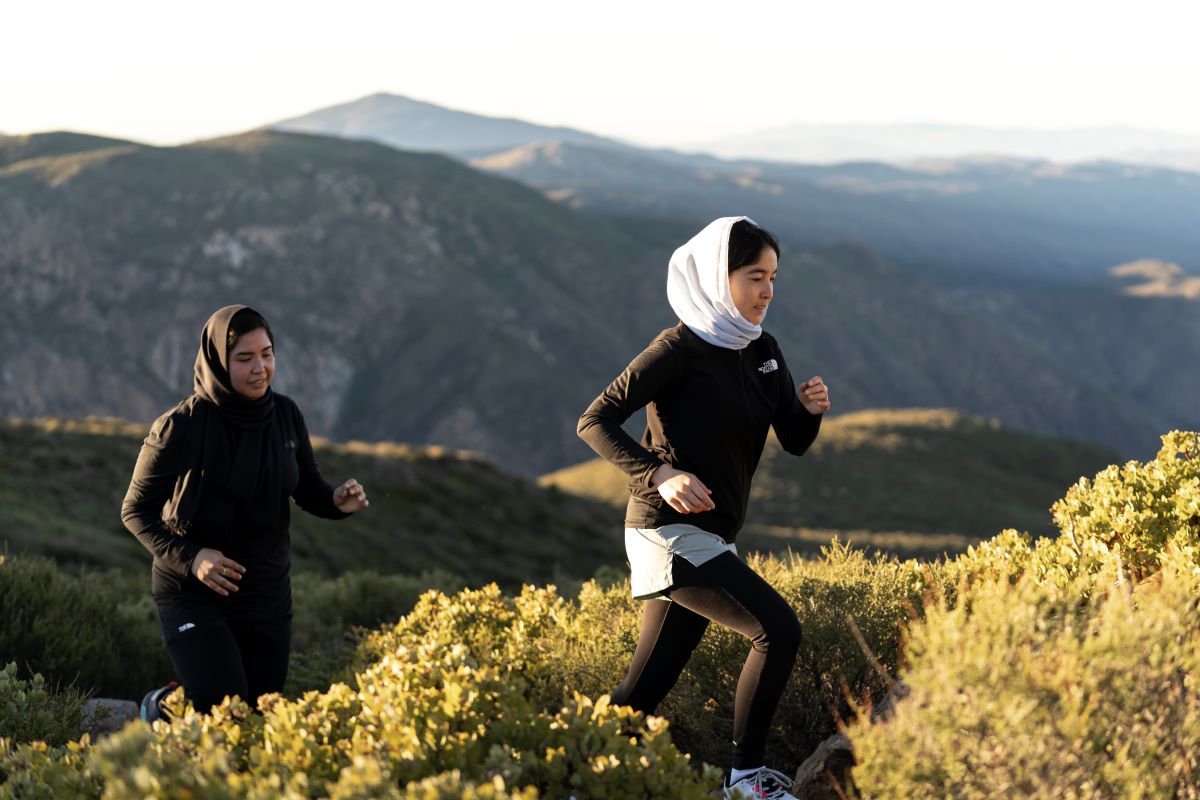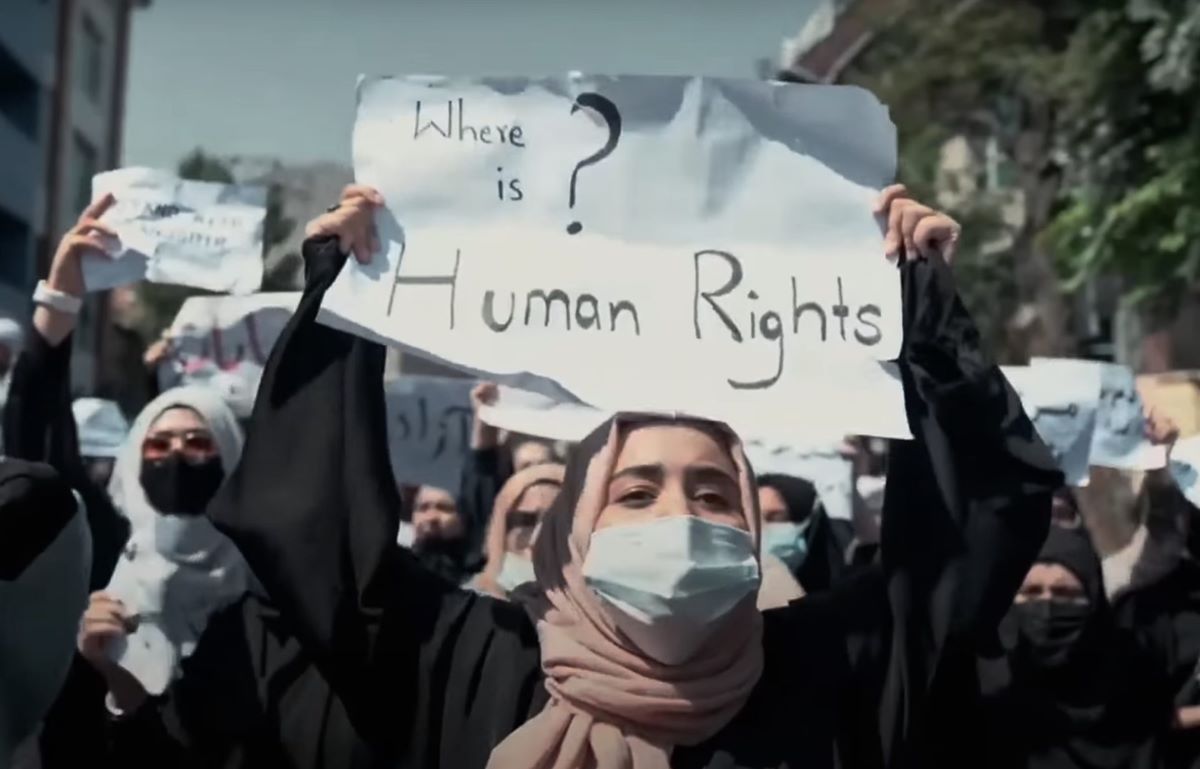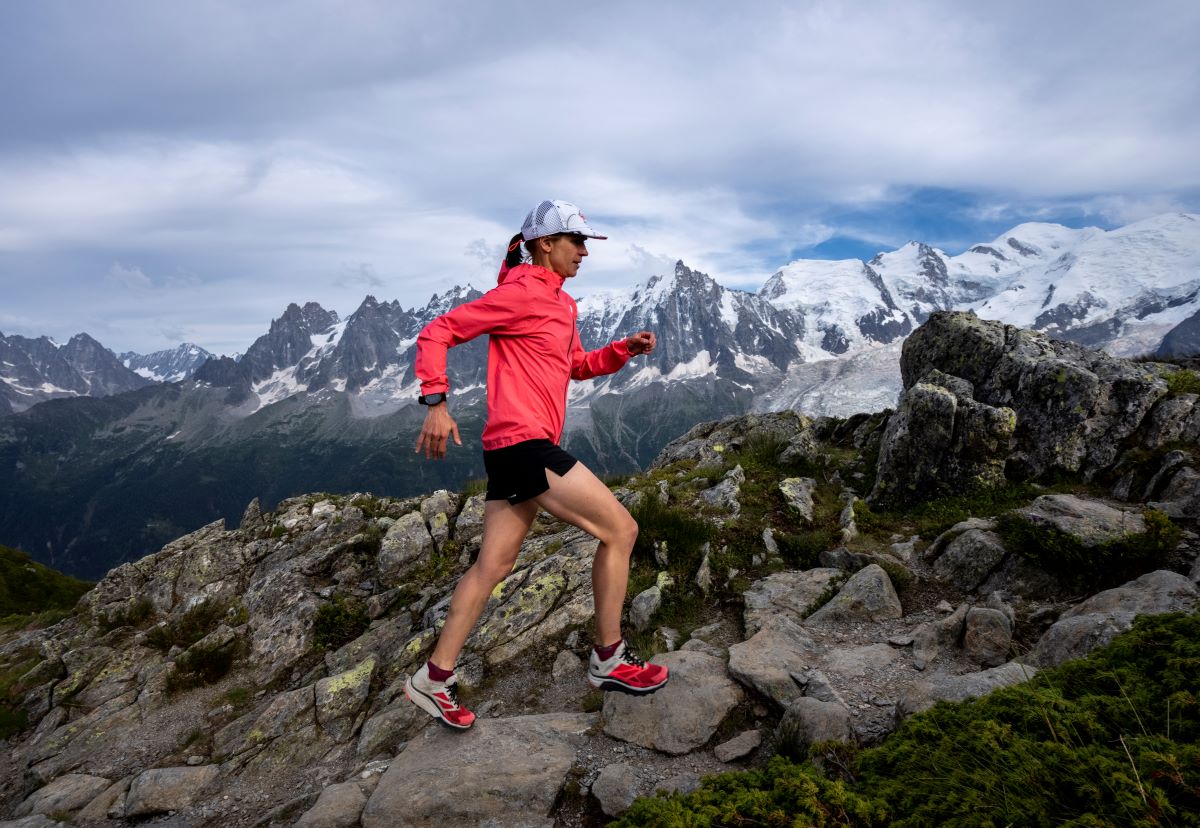In July 2021, the United States pulled all its troops out of Afghanistan except for a small contingent tasked to guard the United States Embassy in Kabul. Few people were prepared for the speed of what happened next.
By August 15, the Taliban had gained control of the cities of Mazar-i-Sharif, Jalalabad, and Kabul in a matter of days. The Pashtun Islamic fundamentalist group now controlled every major city in the country. As President Ashraf Ghani reportedly fled Afghanistan, Kabul descended into chaos.
Afghans sought to evacuate the city in droves, mostly via an airport that soon grew overwhelmed. As tensions intensified and the window to leave the country tightened under Taliban control, the situation became dangerous — especially for Afghan women.
Taliban rule promised a massive and potentially catastrophic relapse for the country’s women, who had fought for decades to earn rights as rudimentary as earning an education or holding a job.
In Chamonix, France, one Canadian activist, human rights lawyer, and ultrarunner refused to peel herself away from her device screens as she scrambled to field an onslaught of solicitations for help in fleeing the collapsing country.
The North Face film “Free to Run” follows the Afghan women of Stephanie Case’s non-government organization, which the film takes its name after. This documentary chronicles their progress and their struggle — and Case’s effort to help get them out of a country rapidly becoming hostile toward them.
Free to Run’s Backstory in Brief
Case started Free to Run in 2014, as a mission to help Afghan women and girls become runners and build running communities.
The organization came to impact the lives of thousands of women in the country and Iraq, where it also gained a foothold. Case first developed the relationships for what would become Free to Run while working as a United Nations volunteer in Afghanistan.
“It’s not necessarily about my agenda — it’s something the Afghan women were saying they wanted to do,” Case said. “I remember this conversation, we were sitting around talking about my races and I said, ‘I would love to see Afghan women do an ultramarathon someday.’ And they were like, ‘Well, why someday? Why can’t we just do it now?’”
So, they did. Community quickly fostered empowerment, and women like Zeinab Rezaie started to fill the group’s ranks. Rezaie went on to become the first Afghan woman to complete an Ironman race, and enrolled in a master’s degree program at a Colorado university.
But that was before she — narrowly — escaped the Taliban. Now, she told GearJunkie, she juggles her coursework with time spent trying to free her brother from a refugee camp in the United Arab Emirates, and raising money for a secret school for Afghan women.
A ‘Really Bad Path’ Ends in Crisis
As Case developed Free to Run step-by-step, her background as a human rights policy lawyer helped her realize she might have to backpedal fast in a worst-case scenario — like the Taliban coup. By 2021, her long-term career with the United Nations (U.N.) had given her (and most others at the global coalition) the impression that it still wouldn’t happen immediately upon the U.S. withdrawal.
Then, suddenly, it did. In July, Case flew to Kabul to run scenarios with the Free to Run team to prepare for what would happen if the Taliban did take control. However, the best intelligence available indicated a takeover was still months away.
“It was clear that things were going down a really bad path. We had always done scenario planning, but it never went totally [to the worst-case outcome],” Case said. “Among all my colleagues, talking with journalists, talking with diplomats, the consensus was ‘worst-case scenario, the country falls in six months.’ And those were the pessimists, the doomsayers.”
So Case proceeded to her other Free to Run obligation: running the 2021 Tor des Glaciers, which she knew she could leverage into more visibility for the organization.
When the Taliban did finally gain its chokehold on the country, she found herself in Switzerland, preparing for the 280-mile mountain race run in September.
She started doing everything she could to get her people out.
Under international human rights law, everyone has the right to leave their own country. And Taliban officials promised the regime would adhere to those rights — but no one knew what would happen when push came to shove.
To make matters worse, international airlines pulled out of the Kabul International Airport for the same reasons people were trying to get out of Afghanistan: self-preservation. Then a lethal suicide bomb attack at the airport on August 26 tragically justified the airlines’ urgency. The bombing killed over 170 Afghans and 13 U.S. military personnel.
Emails, phone calls, text messages, and direct messages continued to pour into Case’s inbox — so efficiency was paramount.
“Basically, we had about two weeks to try and get people out. On August 31, the airport was shut [down]. Even before the suicide attack, we were getting reports that Afghan military personnel inside were welding the doors to the airport closed,” she said. “Even at that point, we still sent two buses [of people] to try to get out. Even though they had no visas, we had no contact person to get them in.”
Case noted that she and her team did eventually help the contingent escape, with help from Ukrainian special forces.
Clock Runs Out; Case Hits Lonely Trail
In the film “Free to Run,” Case runs a lonely Tor des Glaciers. By the time the race started on September 12 in Courmayeur, Italy, there was nothing she could do to help any of her cohort, now marooned in Afghanistan.
The film tells its story by shuffling between timelines and locations as needed, loosely following Case through the Alps. Her circuit is a dark one, characterized by mental torture, occasionally pierced by glimmers of hope and episodes of courage. I found watching Afghan women protest in the streets post-takeover — marching straight into the gun muzzles of backpedaling Taliban fighters — both moving and impossible to fathom, in equal measure.
“Imagine being a woman in Kabul with a lot of Taliban [presence],” Rezaie prompts in the film. “You go out to protest, to shout for your basic rights. And then on the other side, the Taliban are standing against you, and they have their guns aiming at your head.
“The women of Afghanistan are not stopping. They are the bravest I have ever seen.”
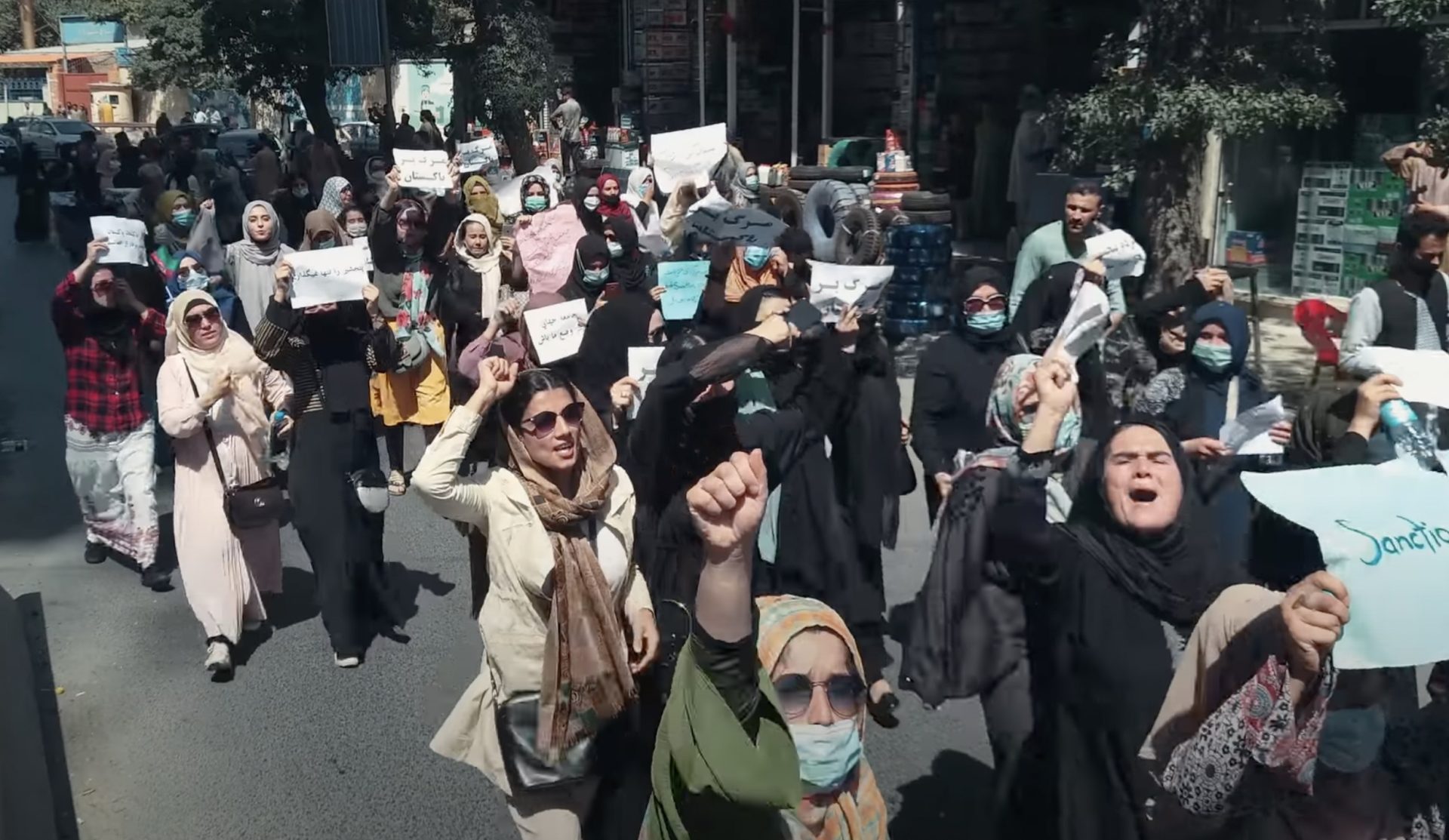
Afghan women protesting against the Taliban’s regime.
Suffice it to say Case is not acting in the film. It regularly captures her experiencing many of the stages of grief: anguish, depression, and guilt all take their turn.
“If the Tor des Glaciers had been in the middle of that active evacuation period, there’s absolutely no way I would have been able to race. It would have been impossible because clearly, the choice between the two is you work to evacuate your team,” she said.
“But after that, it was more just guilt. It was the dichotomy of me running through this beautiful landscape — privileged as f&ck — while hundreds of women and girls who were Free to Run alumni were left behind in Kabul, reaching out and thinking I could get them out of the country.”
She knew she couldn’t. So to even respond to some pleas (which, she said, included videos of some women wearing burkas, holding up signs asking Case to free them), stress-tested her emotional resources.
“When you have that coming at you, even to just give yourself the permission to either not respond, or to respond without a solution, it felt awful,” she said.
Of course, the week-long race didn’t stop the messages from hitting her various inboxes. So every time she turned on her GPS, it started lighting up with new cries for help.
“It was pretty hard to process; I don’t think I did. When I got to the end of the race, I was happy to be done running, but in some ways I wasn’t done yet. I hadn’t gotten that mental space yet to fully process [this experience]. Four hundred and 50 kilometers wasn’t long enough,” she said.
If Case labored under the weight of all that extra baggage during the race, she didn’t show it. She won the women’s race and set the Tor des Glaciers women’s course record.
Free to Run’s Bold Future
Despite the many convulsive setbacks, Free to Run and its members have experienced during the last 14 months, Case still wants to move the organization forward.
Afghan people have lived in war for 40 years. While many of us have no basis to imagine contending with even a day of violent conflict, Afghans have continued with the functions of life regardless of their circumstances. They have jobs. They have friends. They have school, parties, and weddings, Case said.
In her assessment, Free to Run worked in the first place because it functioned at that community level.
“Our model has proven to be effective because of how closely we’ve worked with communities. And I still leave open the space that we’ll be able to do this under the Taliban regime. Not right now — not in the next year,” she said, “but I leave space open for that.”
She continues, “If we assume that it’s impossible, or make a decision for Afghan women that it’s too risky to even try to open up that space? Then we are just buying into the patriarchal regime that has put them in that position in the first place.”
Free to Run has been about giving marginalized women the tools to organize and succeed. Now more than ever, Case wants the organization to function as a channel for women to commandeer those tools themselves.
After all, they pushed for freedom. It was the Afghan women Case surrounded herself with who said, “Why not now?”
In fact, Case sees that sense of personal power and initiative as well-rooted in Afghan women already. She expressed a desire to upend the narrative about foreigners facilitating Afghans’ evacuation of the country altogether.
“The narrative tends to focus too much on what internationals did to get other people out — rather than what the Afghan women themselves did to fight their way. The way Zeinab fought her way to get into the airport, and fought her way onto the plane,” she said.
“We had another program officer who just wound up in Qatar! She just fought her way into a plane and got into Qatar — we did nothing to support that, she just did it on her own.
“And I have to believe that Free to Run helped them develop that sense of confidence, that boldness.”
So for Case, the next step in Free to Run is to codify that leadership by staffing its board of directors with qualified Afghan and Iraqi women.
For Case, that will mean stepping down.
“While I’ve been working in this sector, and as diverse as I can be about the fundamentals of sports for the development of peace, I am not Afghan, and I’m not Iraqi. And our programs are designed to actually be led by them. And women do grow into leadership roles at various levels of our programs.
“So the next stage is really for them to lead it at the highest level — the vision and direction [of the organization],” she said. “That’s the only way forward. And the only way for that to happen is for me to step back.”
She sees the transition as the completion of a cycle.
“When that initial group brought up [running an ultramarathon] and said they wanted to do it, I was like, ‘do an ultramarathon? You have never even run before,’” she recalled. “Looking back on it, it was so arrogant of me to assume that they couldn’t do it. That’s where your own biases come in.”
Six months after they said they wanted to run an ultramarathon, the first Afghan woman did so — through Free to Run. Fast forward to now, and the organization prepares for a sweeping leadership change.
“We’re going to completely transform who’s going to be taking the organization to the next level. And it’s got to be people from the region,” Case said.
Call for Comments
- Did you watch the film? Were you inspired?
- Leave a comment to tell us your thoughts!
